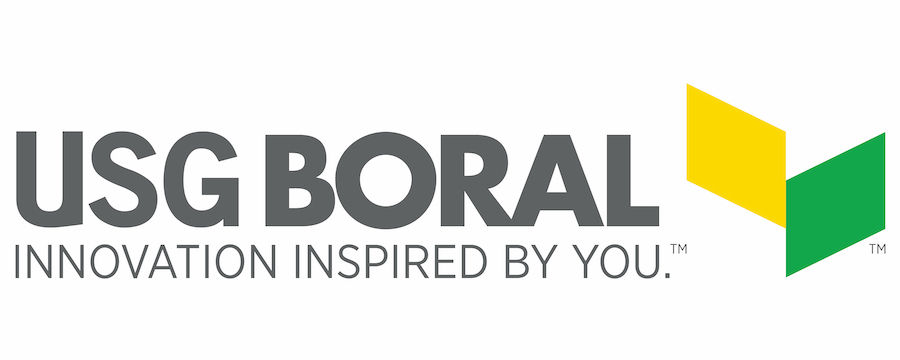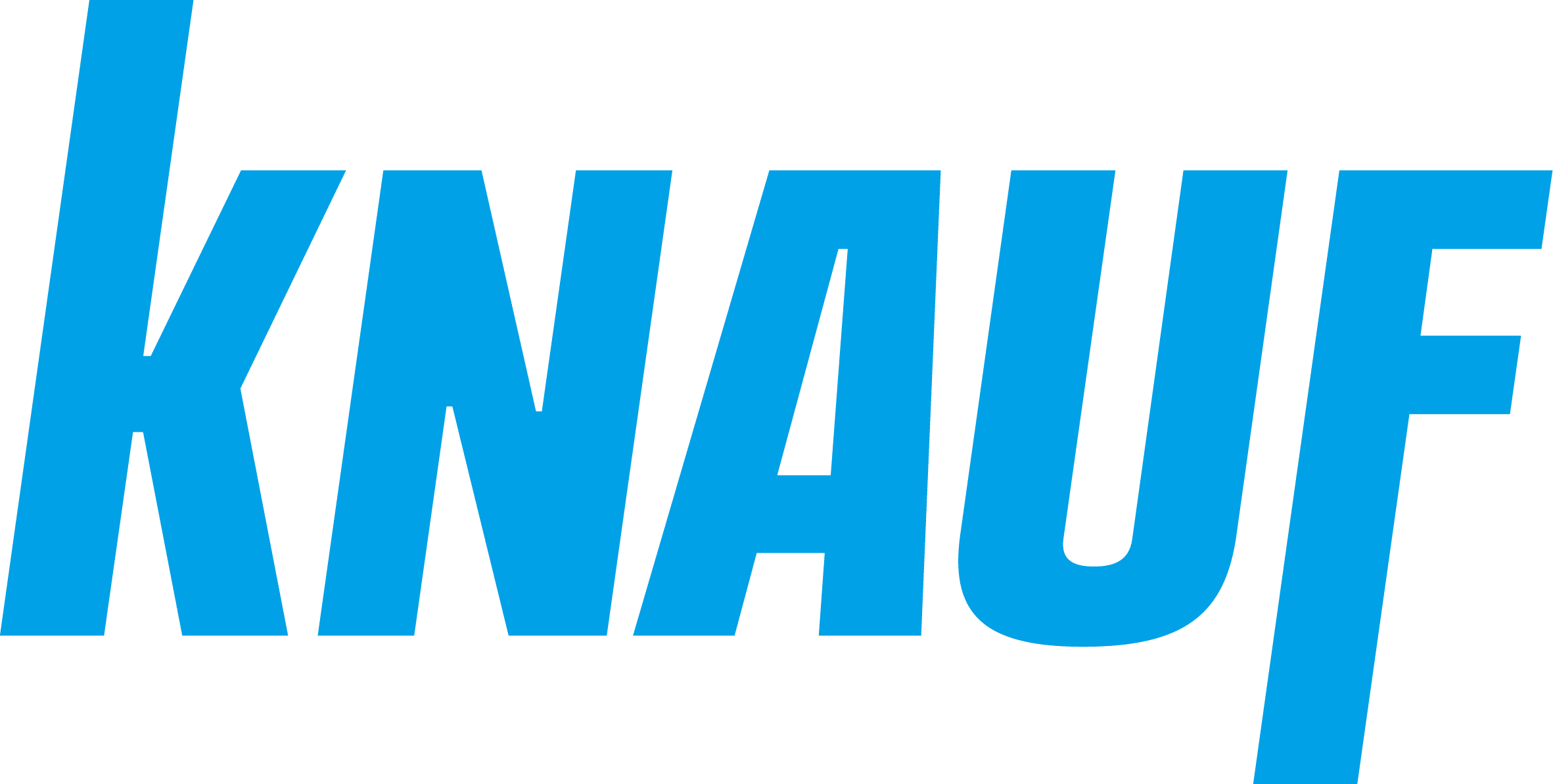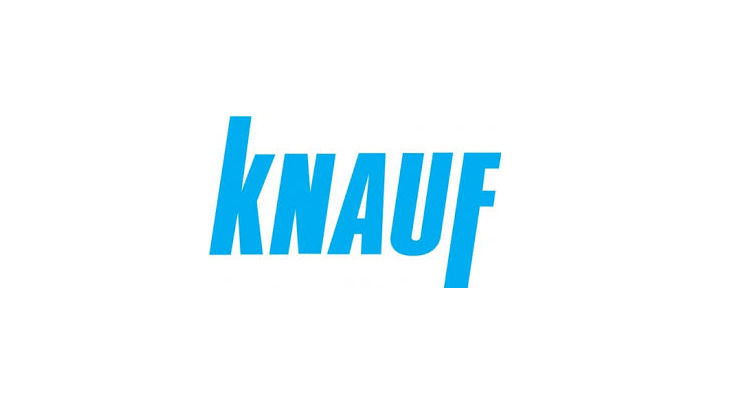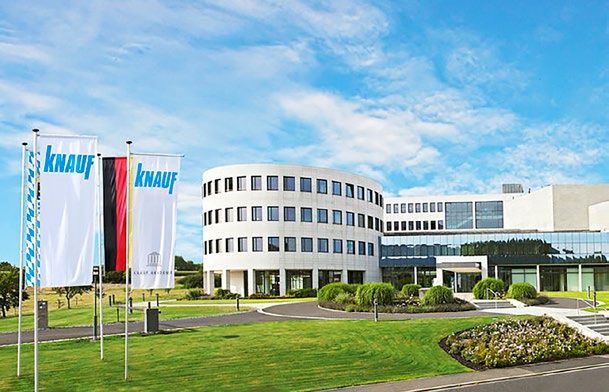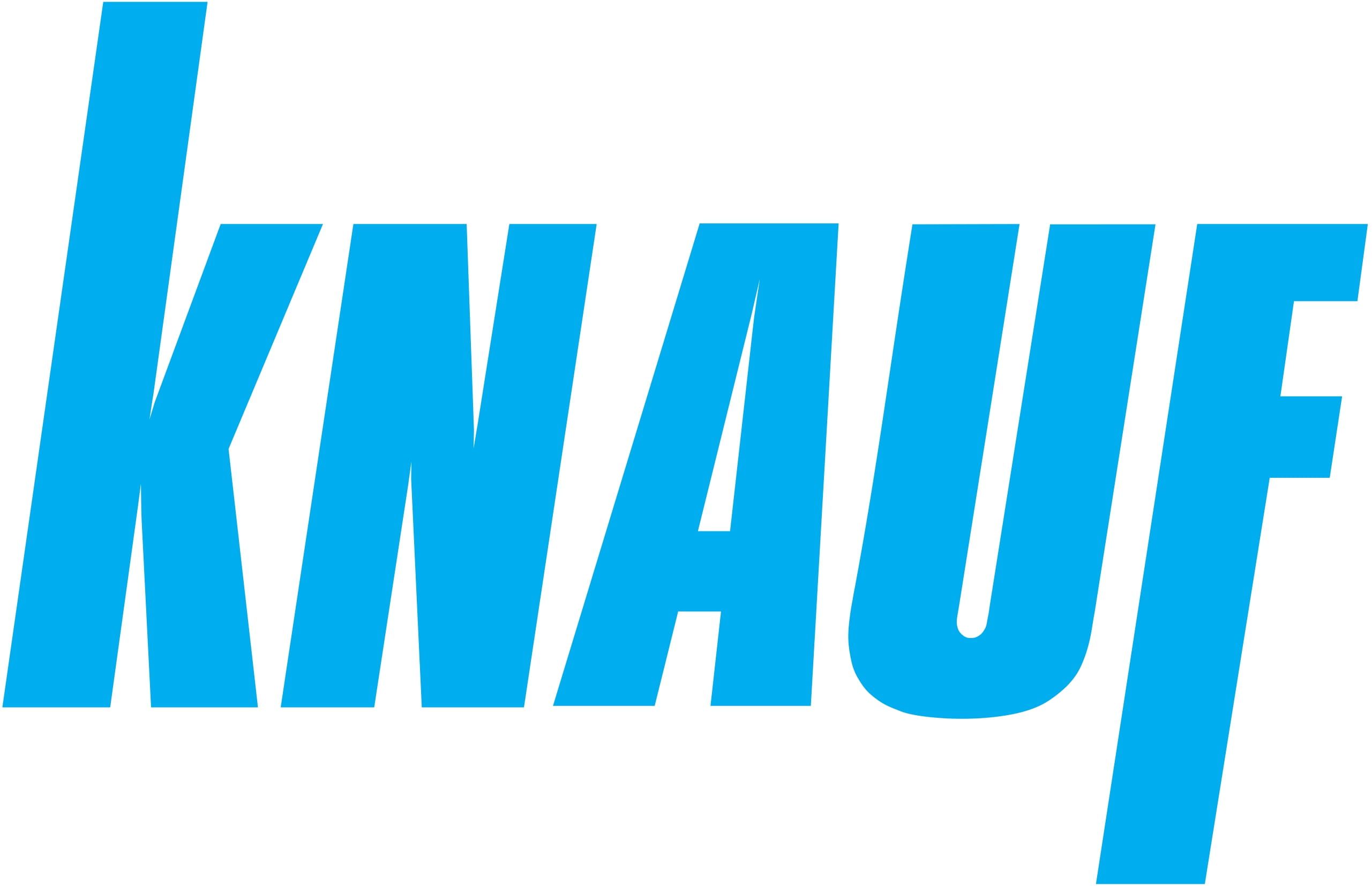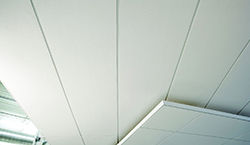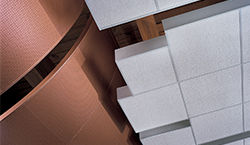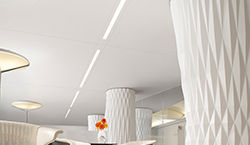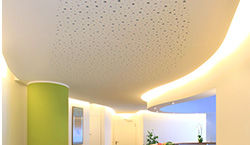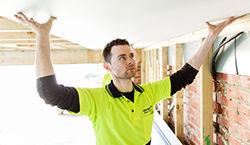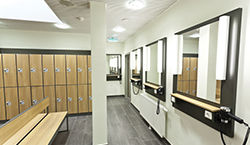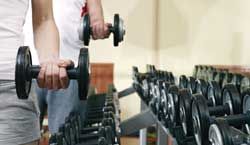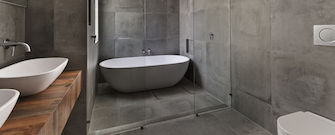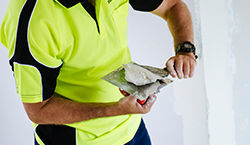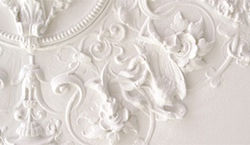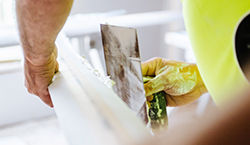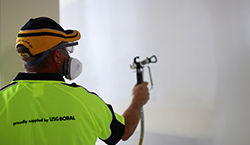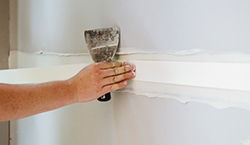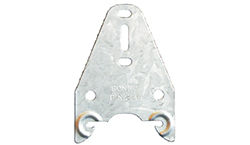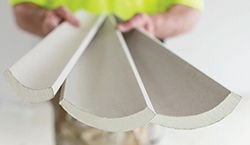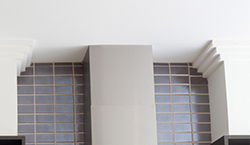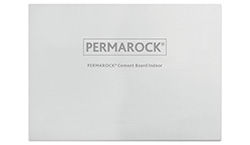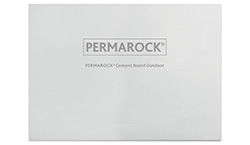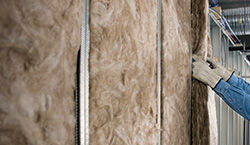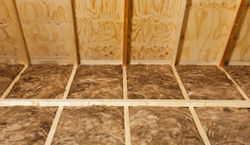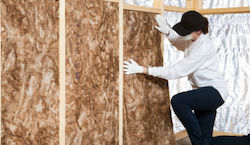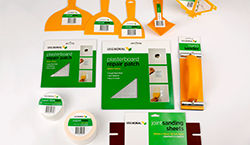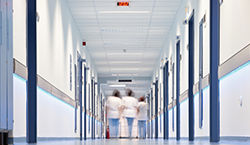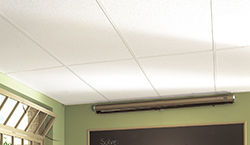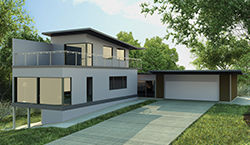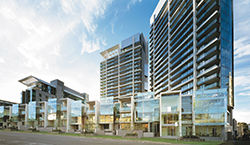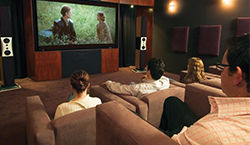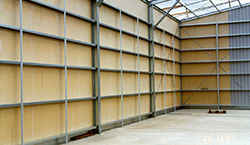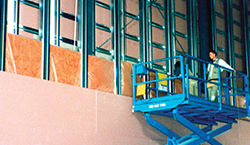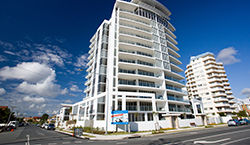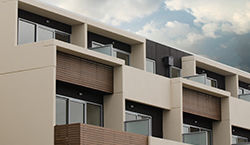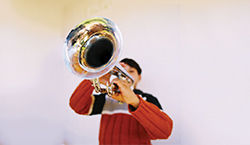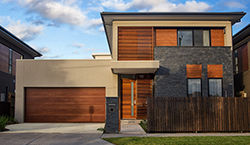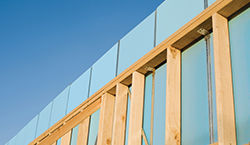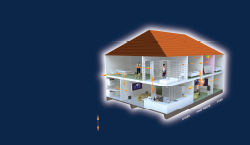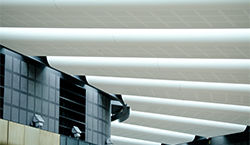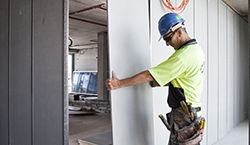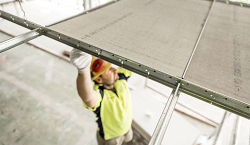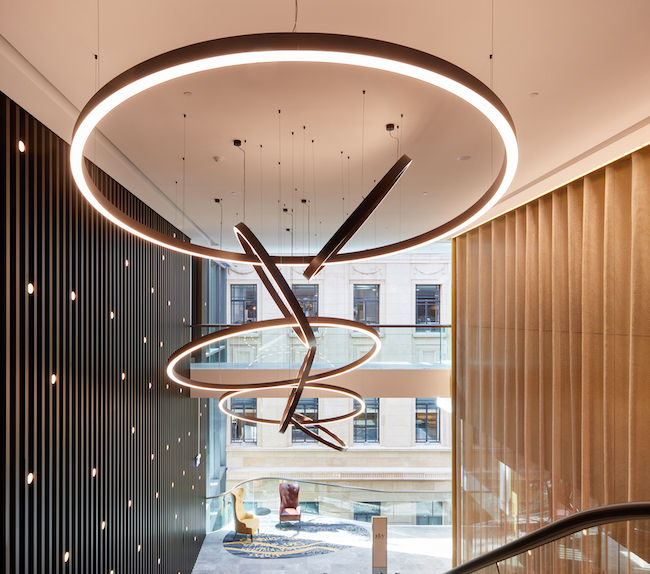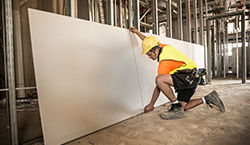-
AUSTRALIA, ENGLISH
- Contact
- Where to Buy
- Favourites
-
Looking for product documents?
Try our Document Finder
-
About Knauf
-
About Knauf
-
About Us
-
About Us
-
- Careers
- Code Of Conduct
- Supplier Information
-
-
Products
-
Products
-
Ceilings
-
Ceilings
- Acoustic Panels & Ceiling Tiles
ACOUSTIC PANELS & CEILING TILES
- Acoustic Suspension Systems
ACOUSTIC SUSPENSION SYSTEM
- Drywall Suspension Systems
DRYWALL SUSPENSION SYSTEM
- Stratopanel Ceiling System
STRATOPANEL® CEILING SYSTEM
-
-
Plasterboard
-
Plasterboard
- SHEETROCK® Plasterboard
SHEETROCK® Plasterboard
- Technical Boards
TECHNICAL Plasterboard
- Multi-Application Boards
Multi-Application Boards
- Water-Resistant Plasterboard
Water-Resistant Plasterboard
-
-
Finishes
-
Finishes
- Jointing Compounds
Jointing Compounds
- Speciality Plasters
Specialty Plasters
- Adhesives
Adhesives
- Primers
Primers
- Joint Tapes
Joint Tapes
-
-
Steel Framing
-
Steel Framing
- Rondo® Metal Components
Rondo® Metal Components
-
-
Cornice
-
Cornice
- SHEETROCK® Cove
SHEETROCK® Cove
- Decorative Cornice
Decorative Cornice
-
-
Cement Board
-
Cement Board
- Cement Board Indoor
Cement Board Indoor
- Cement Board Outdoor
Cement Board Outdoor
-
-
Insulation
-
Insulation
- Wall Batts
Wall Batts
- Ceiling Batts
Ceiling Batts
- Acoustic Range
Acoustic Range
- Ecose Technology
ECOSE® Technology
-
-
Plastering DIY
-
Plastering DIY
- DIY Cornice Adhesive
DIY Cornice Adhesive
- DIY Patching Plaster
DIY Patching Plaster
- Total Joint Finish
Total Joint Finish
- Stud Adhesive
Stud Adhesive
- Tools & Accessories
Tools & Accessories
-
-
-
Solutions
-
Solutions
-
Segment Solutions
-
Segment Solutions
- Wet Area Solutions for Architects
Wet Area Solutions
-
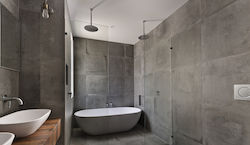
Wet Area Solutions
Water resistant plasterboard obtains its impressive water-resistant properties from a range of special ingredients added to the core of the board. Its moisture resistant core limits water wicking up the board causing damage to the board itself or the surface finish.
- Wet Area Solutions for Trade
Wet Area Solutions
-

Wet Area Solutions
Water resistant plasterboard obtains its impressive water-resistant properties from a range of special ingredients added to the core of the board. Its moisture resistant core limits water wicking up the board causing damage to the board itself or the surface finish.
- Health Care
Health Care
- Education
Education
- Bushfire Protection
Bushfire Protection
- Multi-Residential
Multi-Residential
-
-
Plasterboard Systems
-
Plasterboard Systems
- Systems+
Systems+
- CinemaZone® System
CinemaZone®
- Fireclad® System
Fireclad® Fire-rated External Wall System
- Firewall® System
Firewall® System
- IntRwall® System
IntRwall® System
- Multiframe™ System
Multiframe™ System
- NeighbourZone™ System
NeighbourZone™ System
- OutRwall® System
OutRwall® System
- Partiwall® System
Partiwall® Separating Wall System
- Quiet Living™ System
Quiet Living™ System
- Cross Laminated Timber Systems
-
-
Science
-
Science
- Acoustics
Acoustics
- Fire Performance
Fire Performance
- Seismic
Seismic
-
-
-
Inspiration
-
Inspiration
-
For Architects / Designers
-
For Architects / Designers
-
Knauf for Architects / Designers
We believe we can change the way buildings are designed, built and occupied by delivering innovations that help you work smarter, do more and build better.
-
-
For Builders / Installers
-
For Builders / Installers
-
Knauf for Builders / Installers
Proudly Supporting those who Build, every step of the way.
-
-
For Homeowners
-
For Homeowners
-
Knauf for Homeowners
Our plastering products, tools & accessories are designed for the home renovator/builder making minor alterations or repairs to plasterboard walls & ceilings.
-
-
-
Resources & Tools
-
Resources & Tools
-
Acoustic Ceilings e-Estimator
-
Acoustic Ceilings e-Estimator
-
- Plasterboard Installation Manual
- eSelector
- BIM WIZARD
- Partiwall Estimator
-
Systems+ Plasterboard Systems Guide
-
Systems+ Plasterboard Systems Guide
- FEATURES
- TRY IT FOR YOURSELF!
-
See All
-
- Document Finder
-
TecASSIST
-
TecASSIST™ - Knauf
-
-
CAD Finder
-
CAD Finder
-
-
Knauf Warranty
-
Knauf Warranty
- Knauf Warranty
-
See All
-
-
-
What's New
-
What's New
- News And Promotions
- Press
-
AUSTRALIA, ENGLISH
- Contact
- Where to Buy
- Favourites
- My Downloads
-
User Profile
User Profile
- Manage Profile
- Logout
-
Looking for product documents?
Try our Document Finder
SUWg4HBaYP13VYhuSncYIghttps://myaccount.knaufapac.com -
- Whats New
- Knauf Press Coverage
- USG Boral advocates for healthier work sites in building and construction
Knauf advocates for healthier work sites in building and construction
MEDIA RELEASE
June 2019
Growing concern over the rise in reported respirable crystalline silica (RCS) related cases, is putting pressure on the construction industry to crack down on health and safety practices.
While governments are targeting the stonemasonry industry, and specifically banning dry cutting techniques, the wording used in new legislation from the Victorian and Queensland governments implicates all processes and products which can generate RCS. This includes plasterboard and plaster-based products.
Knauf is committed to helping create healthier work environments. As a manufacturer of plasterboards and jointing compounds, Knauf has a responsibility to support employee and contractor health and safety and reviews the products and services it provides to ensure they contribute to a safer work place. This includes improvements in the development of water-resistant plasterboard and new jointing compounds.
The crystalline silica content of raw materials can vary considerably across industries. Exposure in the plasterboard industry comes from the use of gypsum and limestone. However, local sources of both are very pure, with low levels of crystalline silica content. According to Tim Harrington, Knauf category manager – compounds, “Plaster based products contain very small amounts of Quartz (crystalline silica) with finished plasterboard and plasterboard jointing compounds typically containing less than 0.1 per cent respirable crystalline silica.”
The Safe Work Australia Permissible Exposure Limit for RCS is 100ug/m3 over an eight-hour work day. An employee’s level of risk is a combination of the type of material being handled and the manner of the activity being undertaken. That is why high quartz content manufactured stone that is dry cut at high speed, producing respirable crystalline silica above the workplace exposure standard, is under the spotlight. “The onsite preparation and installation of plasterboard does not exceed the permissible workplace exposure standard,” offered Harrington.
In the last few years, the construction industry has adopted numerous safety practices to minimise exposure to airborne hazards, including vacuum assisted sanding tools and more effective dust masks with higher protection against airborne particulates.
Respirable dust is generated in work places when jointed plasterboard walls and ceilings are sanded using hand or mechanical sanders. SHEETROCK® Dust Control limits the pluming of sanded compound dust through air spaces. Technology contained in the product produces dust particles which fall directly to the wall or floor junction and react better to the vacuum of mechanical sanders. The result is far less airborne dust.
Tested to the USA’s National Institute of Occupational Health and Safety (NIOSH) Method 0600, SHEETROCK® Dust Control produces respirable airborne dust at levels lower than the USA’s current Occupational Safety and Health Administration (OHSA) Permissible Exposure Limits (PELs) that are lower than the current PELs set by Safe Work Australia.
Tim Harrington reinforced that Knauf is committed to developing products that provide the industry with a safer working environment. “Not only do Knauf’s wet area plasterboard and SHEETROCK® Dust Control provide unrivalled finishes, there are also real-world benefits. “The work place of old is no longer the norm. Working in a dusty air space, spending hours cleaning up, covered in dust is not something which has to go with the territory.”
For media queries, or to interview Tim Harrington, please contact:
Roberta Marcroft or Rachel Thomas, Write Away Communication
+61 2 9978 1400,
